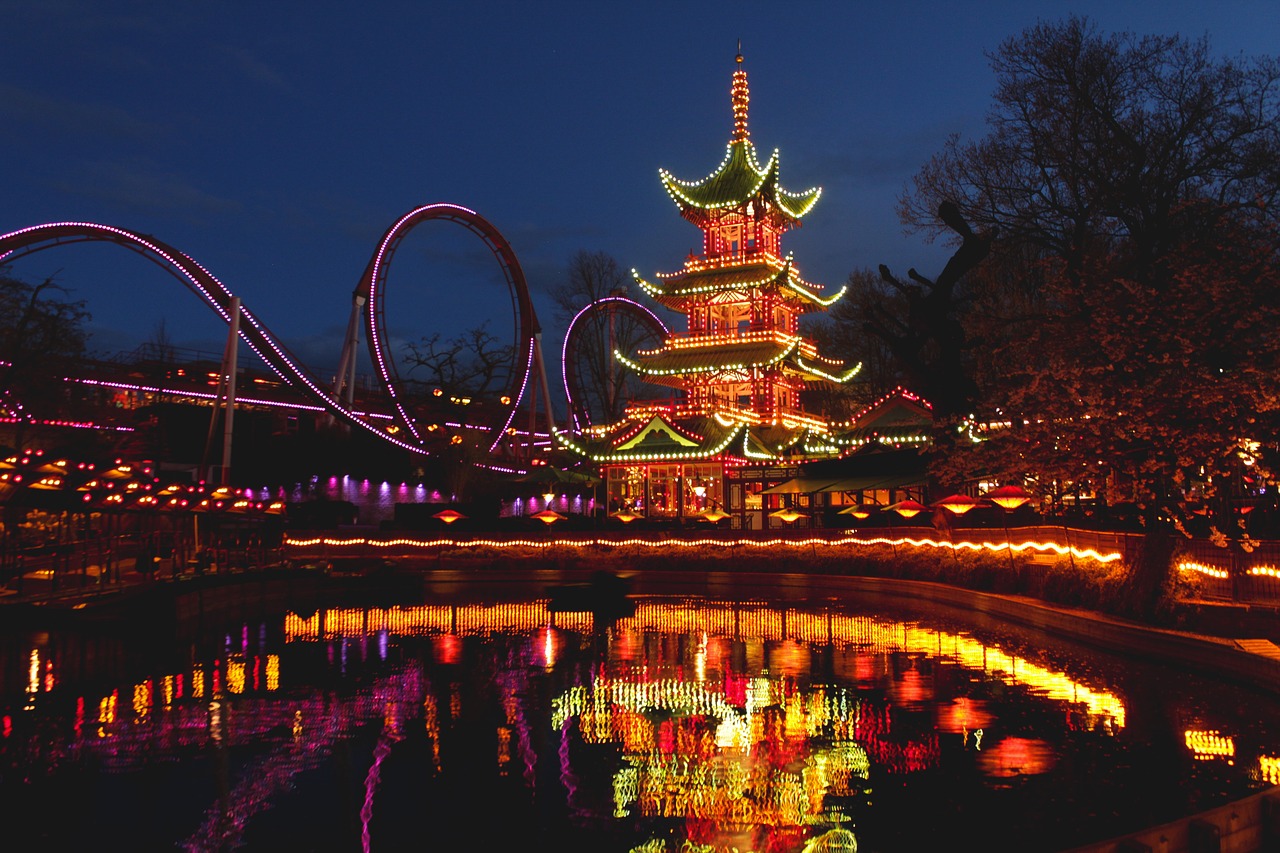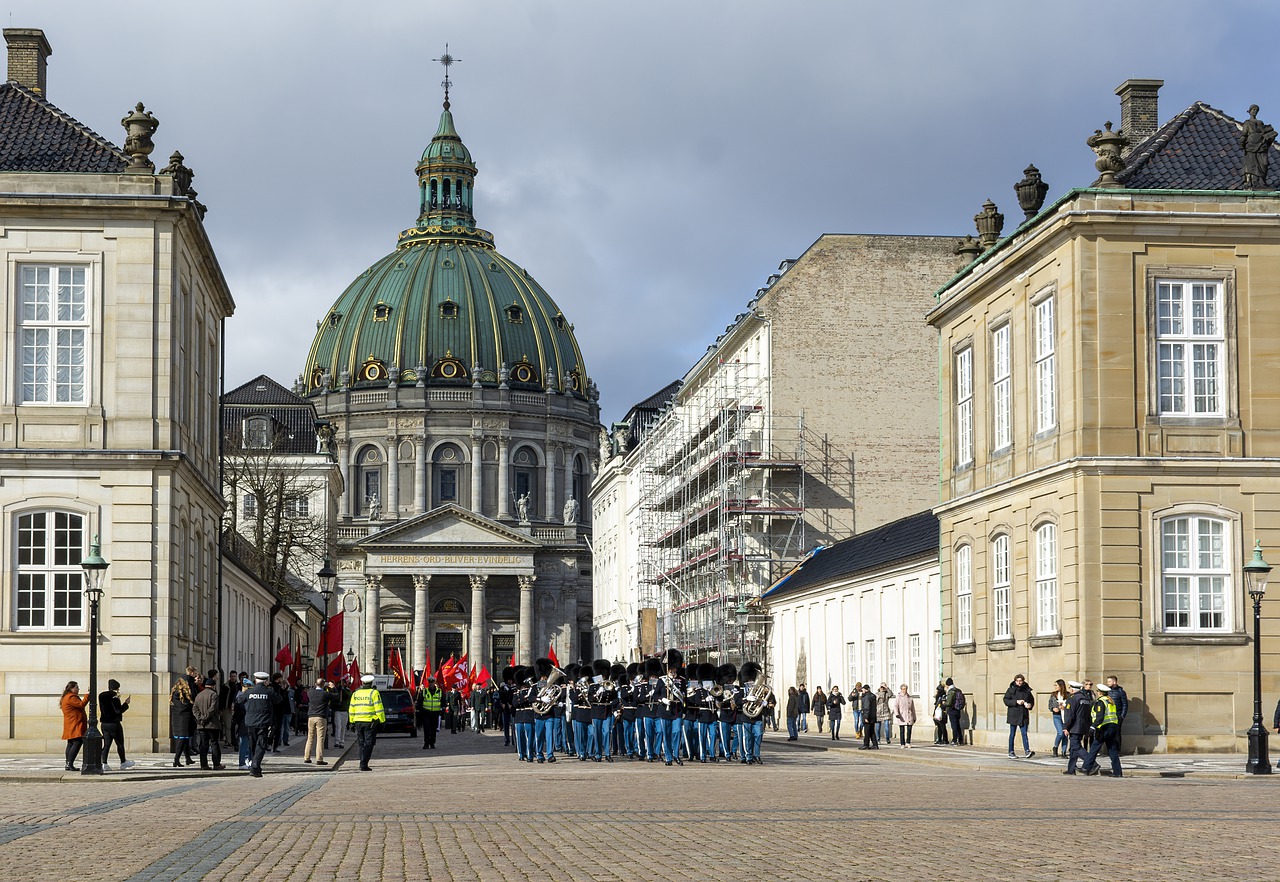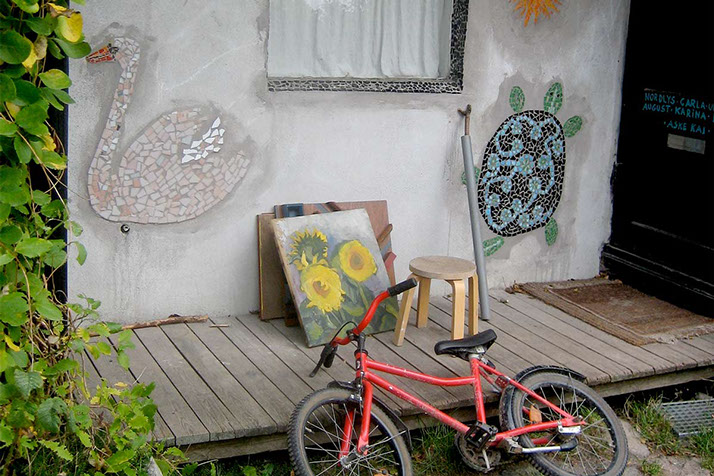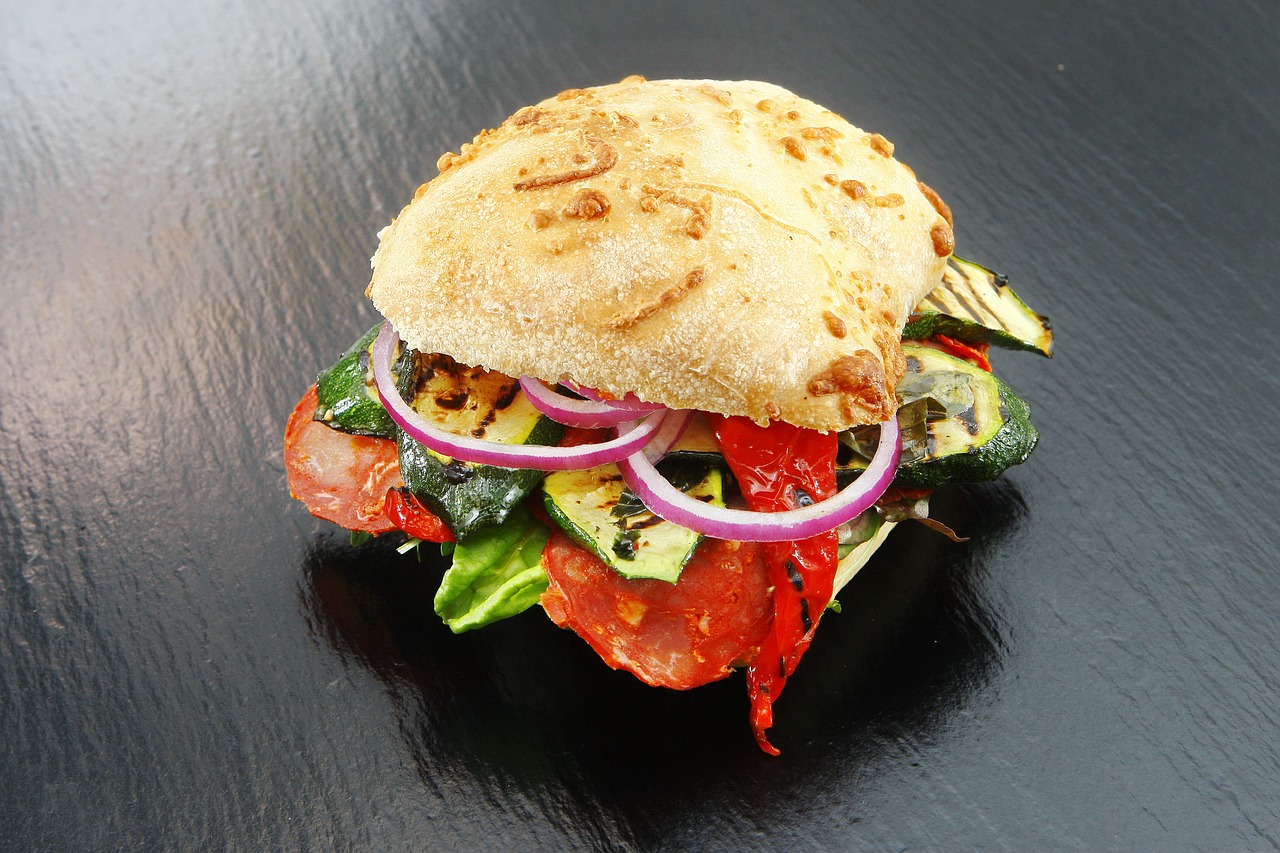Tivoli Gardens

The Tivoli Gardens has amused and enchanted Copenhageners and people from all over the world since its first season in 1843. Like a small fairy tale village, you'll find it right in the heart of Copenhagen. And we assure you that Tivoli's got something for everyone, regardless age.
READ MORECopenhagen zoo

A dream oasis for the children near the heart of Copenhagen, in Frederiksberg. From small birds to big elephants, in various environments - tropical, nocturnal, those of African savannah or South American pampas.
READ MOREThe little mermaid in Copenhagen

Every Danish sailor who ever stood on a deck knows that the waters of Øresund used to be full of Mermaids. According to a legend, the home of all mermaids was the Mermaid Banks in Øresund - the very same place where today the Copenhagen's most famous attraction - Little Mermaid - sits on a rock.
READ MOREThe national museum

The National Museum was founded in 1807 and has since been hosted in the Trinitatis Church, Christiansborg and at the Prince's Palace at Frederiksholm. The National Museum, as it is today, was inaugurated in 1854 in the Prince's Palace.
READ MOREAmalienborg

Amalienborg is the winter residence of the Danish royal family. Well, actually the royal palace is not one, but four different palaces flanking a square. The four palaces where built by four noble families in the middle of the 18th century on direct orders by the king Frederik V.
READ MOREThe Tycho Brahe planetarium

The Tycho Brahe Planetarium is located at the southern end of Skt. Jørgens Sø. It is named after astronomer Tycho Brahe and was designed by MAA Knud Munk and opened on November 1, 1989.
READ MOREThe Hirschsprung collection

The Hirschsprungske Collection is an incredible collection of art collected by Heinrich Hirschsprung in the 1800s. Hirschsprung was a tobacco manufacturer who came to fill his home with fabulous Danish works from the 1800s and the Danish Golden Age.
READ MOREChristiania

The famous Danish freetown Christiania was founded in 1971 when a group of hippies took over abandoned military barracks and their surrounding along the Christianshavn canals and developed the area to an alternative society with own set of rules, independent of the government.
READ MOREBakken Copenhagen

Dyrehavsbakken is presumably the oldest amusement park in the world. It's thanks to a woman, a Ms. Kirsten Piil, that Dyrehavsbakken ("Bakken" for short) even exists at all. In 1583 Kirsten Piil founded a spring at the very place and people came from far and near to visit and where there are people there are jesters. And that's how it all begun.
READ MOREThe New Carlsberg Glyptotek

The New Carlsberg Glyptotek is a museum of ancient and modern art. It houses over 10,000 works and consists of one collection of ancient art with sculptures from Egypt from 3000 BC to the end of the Roman imperial period in the 5th century AC, and one modern collection with Danish and French art from the 18th and 19th centuries.
READ MORENyhavn

In old days, Nyhavn was a place for sailors coming to Copenhagen, and the port was splited in two parts - one naughty, and one nice side.
READ MOREThe round tower

The Round Tower is the oldest functioning observatory in Europe. Since it was finished in 1642, until 1861, the tower was used as the observatory of the University of Copenhagen.
READ MOREExperimentarium

Located in the old mineral water-bottling hall of Tuborg breweries, this museum has a hands-on approach to science. Visitors use not only their hands but all of their senses as they participate in some 300 exhibitions and demonstrations divided into three themes: Humans, Nature, and The Interaction Between Humans and Nature.
READ MORE











